Point bell: description, planting and care
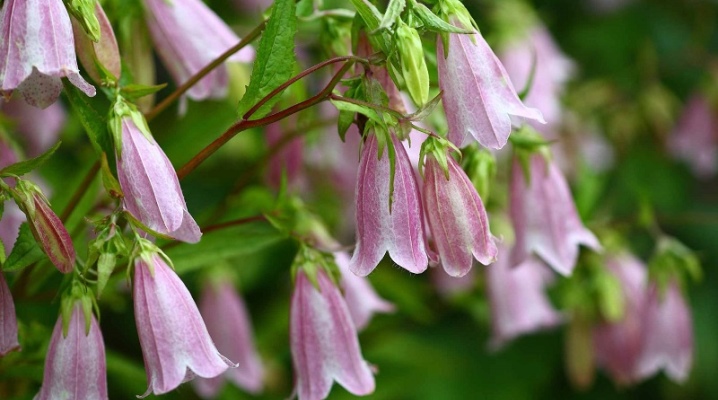
The dotted bell is an ornamental perennial plant from the bellflower family. It got this name because of the structure of its flower, which looks like a bell, and purple specks inside and outside the bell. In some Asian countries, the leaves of the plant, sweet in taste, are used as a decoration for dishes, as well as as a medicine. Due to its decorative color and large size of flowers, it is popular with gardeners.
In the wild, it can be found near the shores of reservoirs, on the slopes of mountains, in sunny meadows. China, Korea, Japan are considered the homeland. Found in the Far East. In Korea, because of its large flower drooping downwards, it received the name "lantern flower". In the USA, the dotted bell is used to decorate plantings.

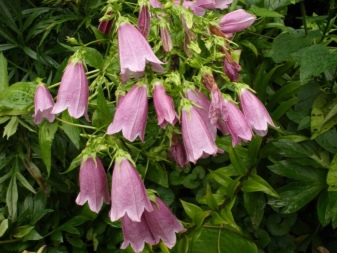
Characteristic
The description of the point bell characterizes it as an unpretentious, beautiful plant, reaching a height of up to half a meter. The bred mixed varieties can grow up to 70 cm. The crown of the bell has a cylindrical shape with a paniculate-branching structure. Green leaves, hairy to the touch, have an oval burgundy shade near the base of the shoot. Their maximum length is 8 cm, width is 4 cm.
Drooping flowers 4 cm in size are collected in inflorescences. One plant has up to 10 flowers. On a varietal shrub, there can be up to 30 pieces. They come in various shades: lilac, burgundy, blue, white, ink.
After the end of flowering, fruits are formed with a three-nested box with slots at the base.

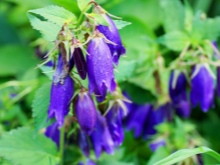

Varieties
Several varieties of the dotted bell have been bred by breeders.
- Cherry Belz - has a beautiful color of the flower. The cherry pink bells have whitish edges and are strewn with purple dots. The flowers are 4 cm in size, drooping, collected in racemose inflorescences. The plant grows up to 50 cm in height and grows rapidly. Loves the sun, moderate watering. Frost-resistant, gives preference to fertile soils. It fits well in group plantings. Used for drawing up flower arrangements.
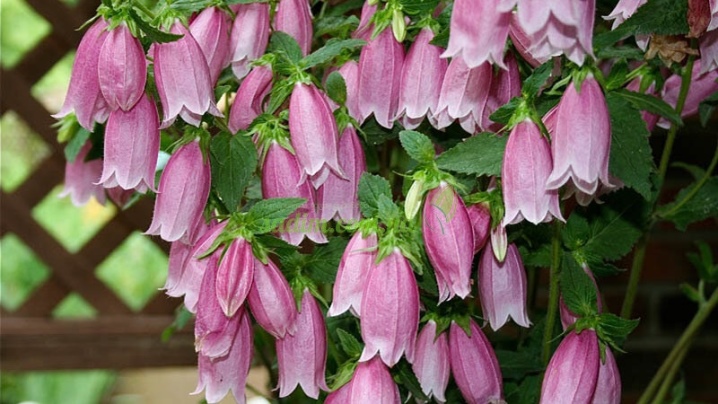
- "Dionysus" - a novelty variety. Wine-colored bells thickly cover the shoots so that you can't even see the leaves. It can grow both in the sun and in the shade. Prefers loose, non-acidic soil. Blooms all summer without interruption. Requires a transplant in 3-5 years.
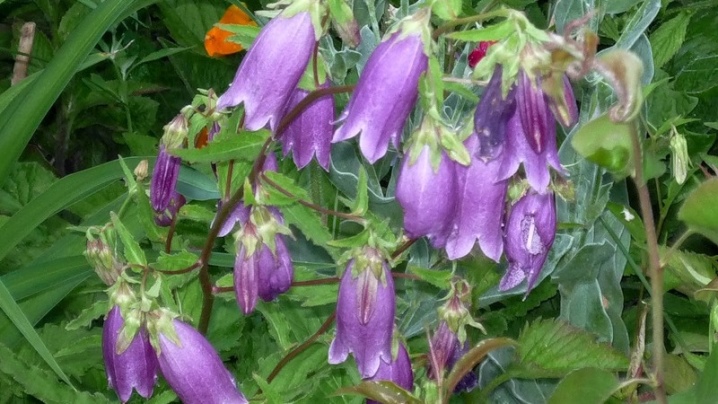
- "Pantaluns" - a sun-loving variety, stretches up to 50 cm in height. The flowers are double, large in size, pink in color, delight with their flowering from the middle of summer. Leaves are medium, rich green. The variety loves fertile, well-drained soil. Resistant to frost.
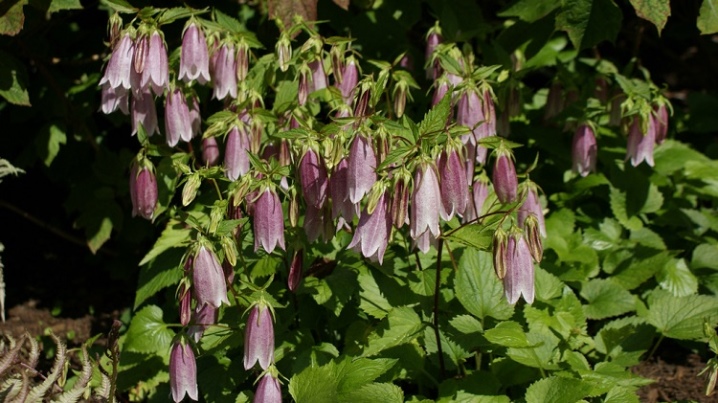
- "Purple sense" - a medium-sized plant, reaching 50 cm in height. Small emerald-colored leaves are glossy. Flowers drooping in the shape of a glass, have a purple tint. Flowering continues throughout the summer.
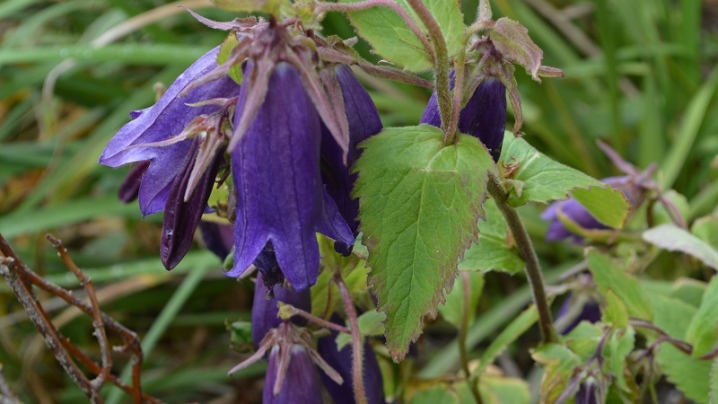
- "Garland" - the variety got this name because of the location of its flowers. During flowering, they twine around the bush like a garland. Large pink and white bells reach 8 cm in diameter. The leaves are drooping, light green in color, have a bluish tint. The plant does not exceed 40 cm in height. Prefers moisture, can grow in the shade. For abundant flowering, fertilizing with mineral fertilizers is added and faded inflorescences are removed. Flowering lasts all summer until early autumn.

- Silver Belz - perennial, reaching 40 cm in height.A well-developed root system promotes good growth of the plant. On erect stems there are large, glass-shaped flowers. They reach 7 cm in length, have a delicate milky pink color with purple dots. Abundant flowering, lasts all summer. The leaves are heart-shaped, have a silvery tint and red streaks. It tolerates frost well.
Prefers fertile, loose soil with regular watering.
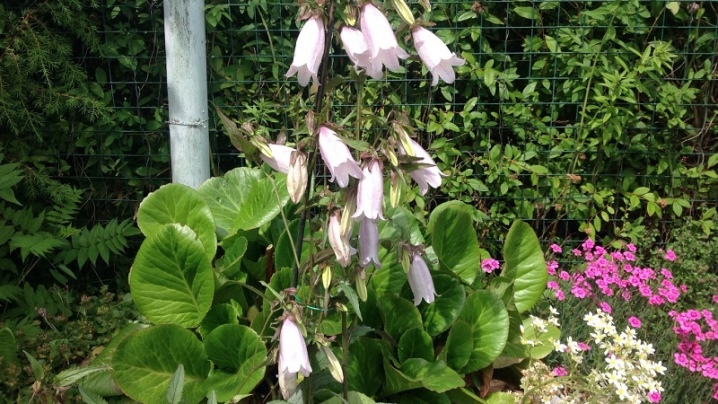
- "Sarastro" - the plant grows vertically, reaching a height of 40-60 cm. Numerous green leaves are pubescent. Flowering occurs at the beginning of summer and lasts a month. The flowers are blue, goblet, and large in size. To stimulate flowering, dried inflorescences are removed. Prefers slightly shaded places for growth. Grows on loose, fertile soils. It tolerates frost well, likes moderate watering. Suitable for cutting and decorating bouquets.
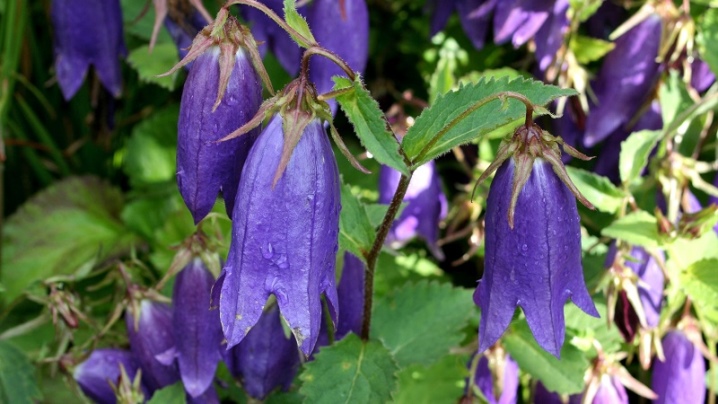
Planting and leaving
Campanula disembarkation is carried out in the spring in a well-warmed ground. For this you need to prepare a sunny place. It should be in an elevated area, without drafts. Avoid planting bells among large trees and bushes. To grow a good root system, you need free space, and the roots of these plantings can harm this.
The soil must be fertile and well-drained. Place the seedling or shrub cut into the indentation in the ground. Pour well, sprinkle with sand. The plant loves constant loosening of the soil, removal of weeds and good watering, without stagnant moisture.


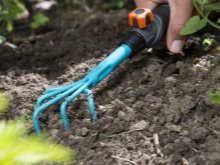
Watering during budding should be abundant. Flowering begins in late July and lasts until September. After flowering, the plant enters a dormant state and sheds all foliage. Therefore, it is recommended to plant it among the ground cover. The plant requires root division every 4 years.
Fertilize the shrub in early spring when the snow melts. Nitrogen fertilizer is added. During the rapid formation of buds, a second feeding is introduced. For abundant flowering, remove faded inflorescences. In October, when the plant has already bloomed and shed its leaves, ripe seeds are harvested, and the shoots are cut off. Frost resistant species. If the winter has little snow, then it is better to insulate the plant.
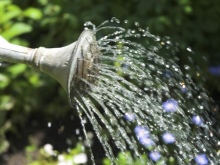
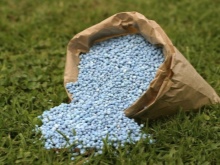
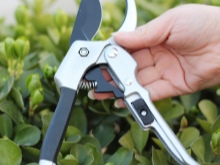
Disease and pest control
Despite the strong immunity of the bell, it can still be overcome by diseases and parasites. Since the plant is undersized, slugs and slobbering pennies can harm it in rainy weather. They inhibit flowering, do not allow buds to develop. For pest control, a decoction of garlic and hot pepper is used. Damp weather favors the appearance of fungi such as fusarium, sclerotinia, botrytis. Solutions of fungicides, such as "Fitosporin-M" or "Baktofit", will help to overcome these ailments.
Pathogens living in the soil can accumulate and damage the root system of the shrub. Therefore, those plants that have not been transplanted for several years are susceptible to this disease. For prophylaxis, 2 times a year, in autumn and spring, treat the soil with a 0.2% solution of Fundazole.
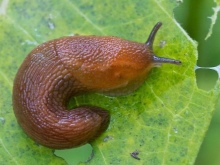

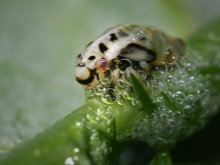
Reproduction
The most acceptable way to propagate the dotted bell is by seed. After the end of flowering, seeds are removed from the ripened bolls. For a more convenient landing, it is recommended to mix them a little with dry soil or sand.
In March, you can start planting. To do this, take a container with soil (it should be light and nutritious), sprinkle the seeds on the surface without pressing into the soil, irrigate from a sprayer to moisten, cover with foil or glass for a greenhouse effect. Determine the capacity in a warm, bright place, where the temperature will be 18-20 degrees Celsius. After 2 weeks, very delicate and fragile seedlings will appear, which must be watered moderately. At the first appearance of leaves, seedlings can be dived, transplanting into a larger container at a distance of 10 cm from each other. Loose the soil and irrigate regularly. After another 2 weeks, you can fertilize the soil with a low concentration of compost. In late spring, seedlings can be planted outdoors.
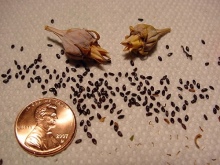
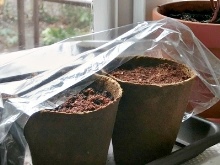
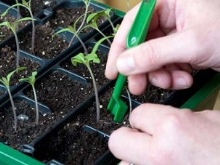
The plant requires a mandatory transplant every 3-4 years. During the procedure, propagation is carried out by dividing the root. This can be done in warm autumn or spring, when the ground is well warmed up. After transplanting, water the plant and feed it with mineral fertilizers.
A point bell is a decoration of any garden. It is used both in single landings and in landings with other types of bells. With the right care, it will become the decor and pride of your garden.
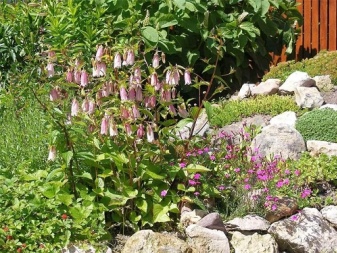
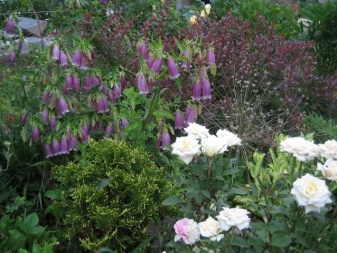
In the next video, you will find additional information about the point bell.







































































































The comment was sent successfully.